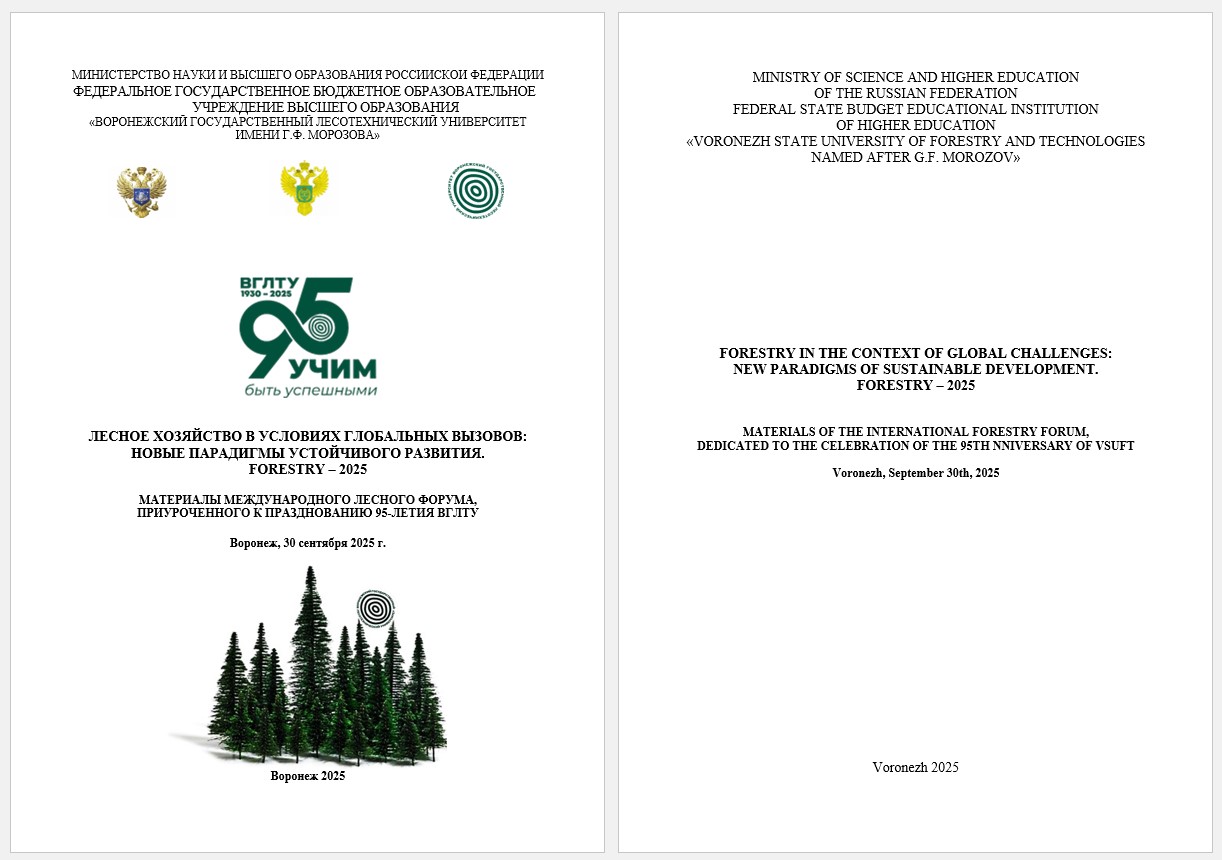Russian Federation
Voronezh, Russian Federation
Shuya, Ivanovo, Russian Federation
UDC 528.44
The article examines the transformation of the land valuation process under the influence of integrating geographic information systems and modern information technologies. The concept of creating a unified digital analytical environment is presented, where GIS serves as an integration core for combining spatial and attribute data. Particular attention is paid to the methodology of mass valuation using machine learning and geostatistics, which improves the accuracy of determining the specific value of land plots. The issues of ensuring computational reproducibility through data versioning and containerization, as well as standardizing information exchange through open web services, are considered. Approaches to accounting for environmental factors and natural risks, including the publication of machine-readable registers of restrictions and easements, are analyzed. Key organizational aspects of implementation are identified, including data management strategy and personnel training. The scientific novelty of the research lies in the development of a conceptual model for the transition from a static to a dynamic land valuation system based on the integrated use of spatial data and modern information technologies.
land valuation, geographic information systems (GIS), information technology, mass appraisal, machine learning, spatial analysis, digitalization, land resources, sustainable development
1. Denisova, E. V. Ocenka effektivnosti ispol'zovaniya zemel' sel'skohozyaystvennogo naznacheniya s primeneniem GIS-tehnologiy / E. V. Denisova // Issledovanie Zemli iz kosmosa. – 2021. – № 5. – S. 15-24. – DOIhttps://doi.org/10.31857/S0205961421050031.
2. Belousov, A. O. Razrabotka integral'noy ocenki racional'nogo ispol'zovaniya zemel' sel'skohozyaystvennogo naznacheniya s primeneniem GIS-tehnologiy / A. O. Belousov. – Sankt-Peterburg: Sankt-Peterburgskiy gosudarstvennyy agrarnyy universitet, 2024. – 162 s. – ISBN 978-5-85983-417-4.
3. Rozova, I. V. Ocenka struktury zemel' Kulikova polya s ispol'zovaniem GIS-tehnologiy / I. V. Rozova, E. M. Volkova // Izvestiya Tul'skogo gosudarstvennogo universiteta. Estestvennye nauki. – 2020. – № 3. – S. 27-39.
4. Borodina, K. Yu. Ispol'zovanie GIS-tehnologiy dlya agroekologicheskoy ocenki zemel' / K. Yu. Borodina // Internauka. – 2022. – № 45-4(268). – S. 5-6.
5. Pestrikov, V. S. Primenenie tehnologiy GIS pri ekologo-hozyaystvennoy ocenke zemel' / V. S. Pestrikov, A. V. Ponomarev // Zemleustroystvo, kadastr i monitoring zemel'. – 2010. – № 11(71). – S. 36-46.
6. Gao, J., Alasgah, A.A., Ahmad, I. et al. Integration of fuzzy logic and geographic weighted regression modeling for enhanced groundwater potential mapping using remote sensing and GIS. Environ Sci Eur 37, 135 (2025). URL: https://doi.org/10.1186/s12302-025-01182-x.
7. Navalgund, R. R., Kumar, S., & Nandy, S. (Eds.). (2019). Remote sensing of Northwest Himalayan ecosystems. Springer.
8. Longley P., Goodchild M., Maguire D., Rhind D. Geographic Information Systems and Science. 4th ed. Wiley, 2015.
9. Tomlinson R. Thinking about GIS. 5th ed. Esri Press, 2013.
10. Yakovenko, N. V. Teoretiko-metodologicheskie podhody k issledovaniyu depressivnyh regionov Rossii / N. V. Yakovenko, Yu. V. Porosenkov // Vestnik Voronezhskogo gosudarstvennogo universiteta. Seriya: Geografiya. Geoekologiya. – 2013. – № 2. – S. 10-21.





